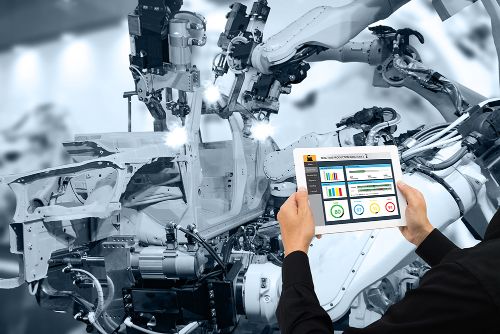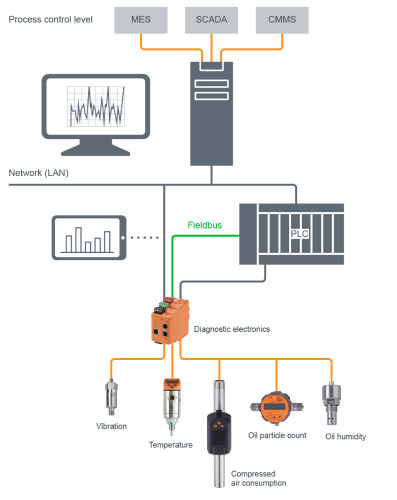Real-time Maintenance (RtM)

What if your production equipment was always available as planned?
What if your cycle time was never compromised because of a damaged machine?
What if your production equipment self-detected and alerted you of quality defects?
Applying Real-time Maintenance (RtM) technologies to your production equipment increases equipment availability, maintains machine throughput, and minimizes material losses.
Common industrial maintenance strategies
There are 3 basic types of industrial maintenance processes and each have costs associated with them.
- Reactive maintenance -- highest total cost of ownership. Run-to-failure strategy and unplanned downtime is usually more expensive than planned downtime and typically there is secondary damage to other components.
- Preventative maintenance -- downtime is scheduled prior to failure. Carries a high cost because parts and labor are consumed prematurely.
- Predictive or Condition-based maintenance -- uses RtM technology to optimize equipment use. Maintenance is performed only when necessary without production loss.
RtM technologies for predictive maintenance
Advances in technologies for industrial networks, reduction in size and cost of computational power, and advances in smart sensors are making predictive systems a reality. These innovations are changing the way companies manage their equipment maintenance. Operational worthiness in real time is key to improving OEE (Overall Equipment Effectiveness) and increasing profits. Implementing RtM is at the core of any Industry 4.0 initiative. With ifm RtM products, machines can communicate their operational status in real time, automatically plan maintenance, reduce downtime, and improve quality – all improving your bottom line.

An RtM system ties operational data together with condition-based monitoring data to improve information quality and help you make informed decisions.
Overall Equipment Effectiveness (OEE)
OEE is one of the primary RtM metrics used to determine how well your production equipment is performing. Applying RtM technologies provides visibility to machine operation and therefore allows you to reduce losses. The following chart is widely used to explain OEE.
ifm offers sensor systems to detect mechanical faults that affect equipment availability. They can also be used to detect process drift in real time to minimize quality losses. Together, ifm sensor systems and RtM products improve the performance of your complete operation.